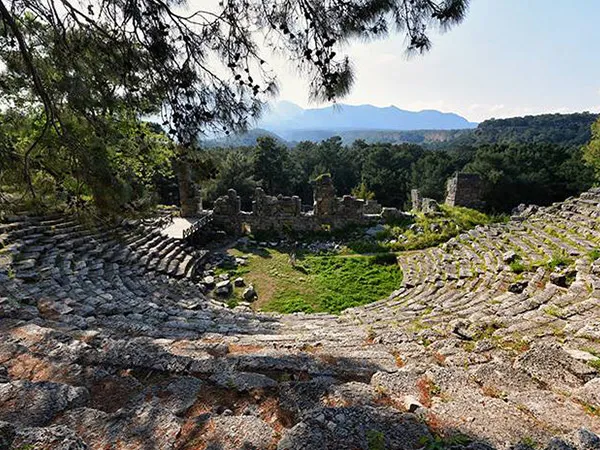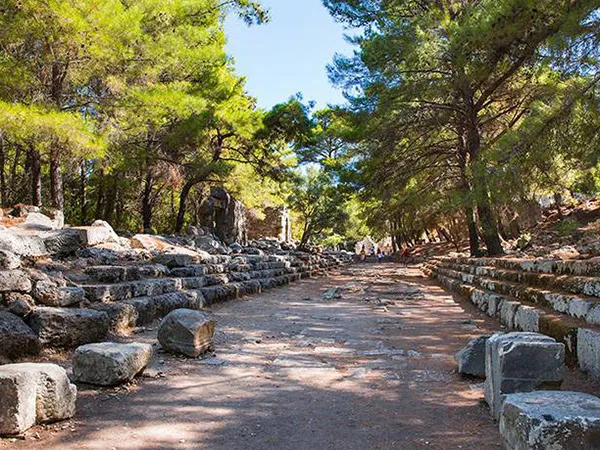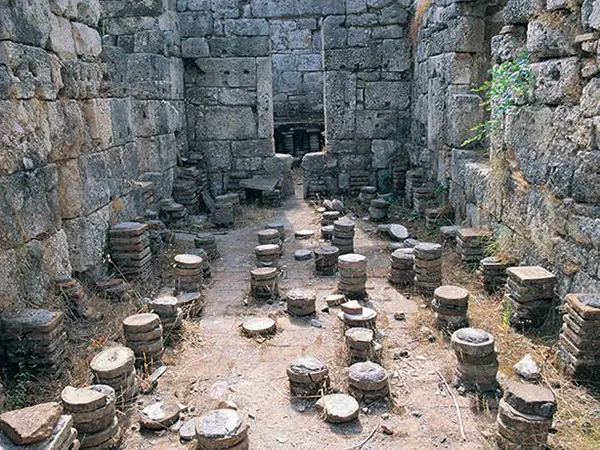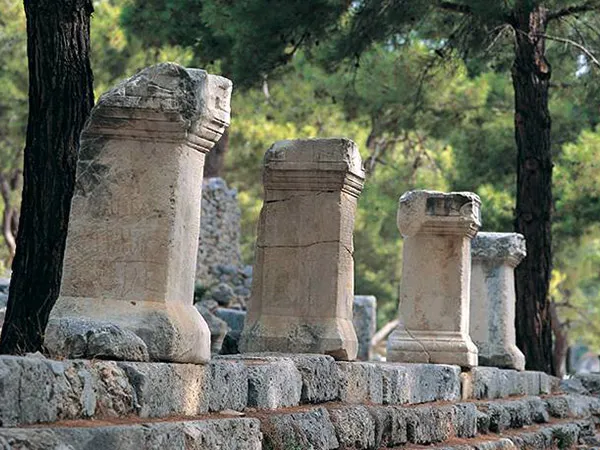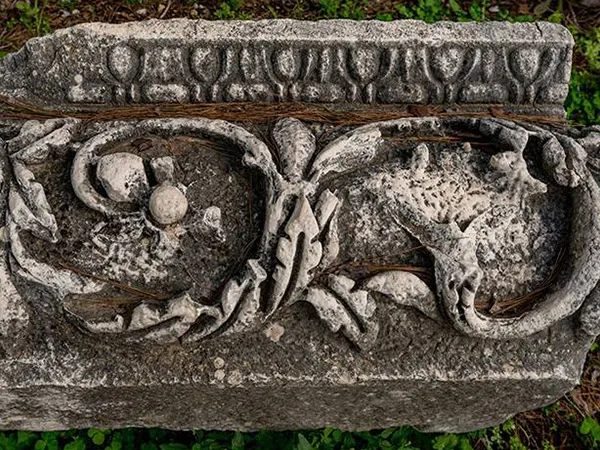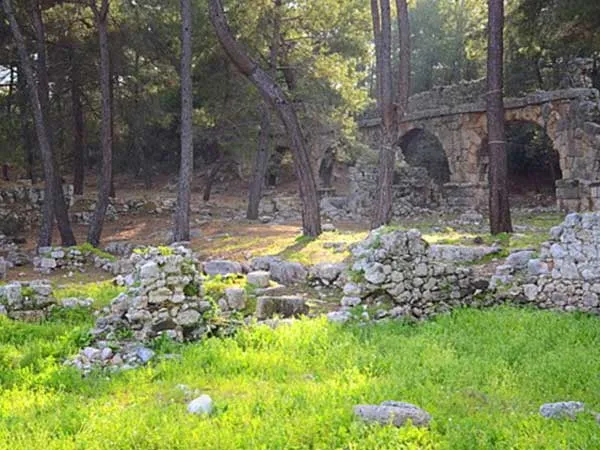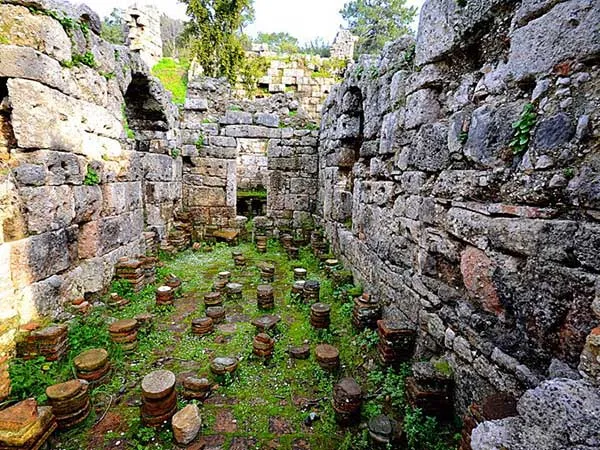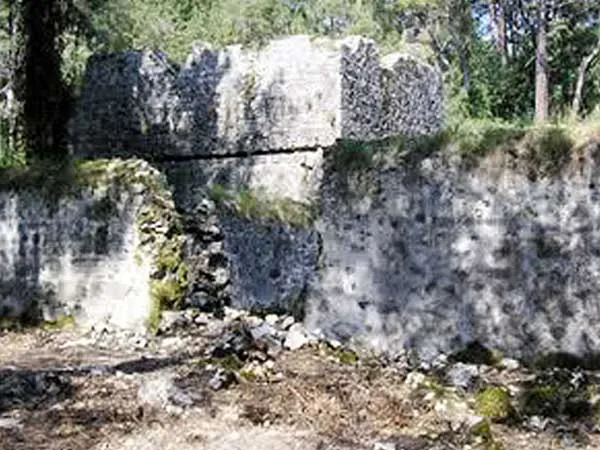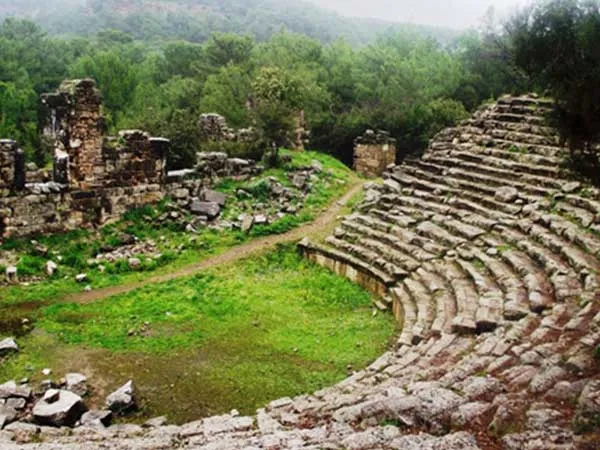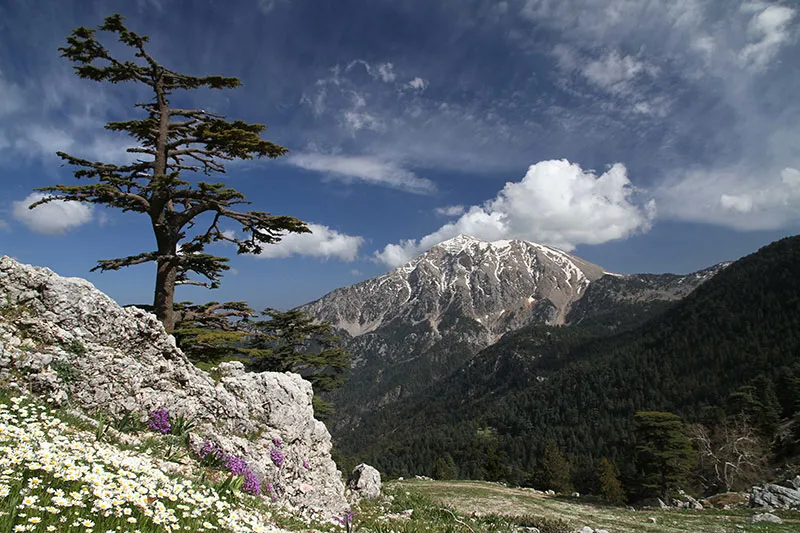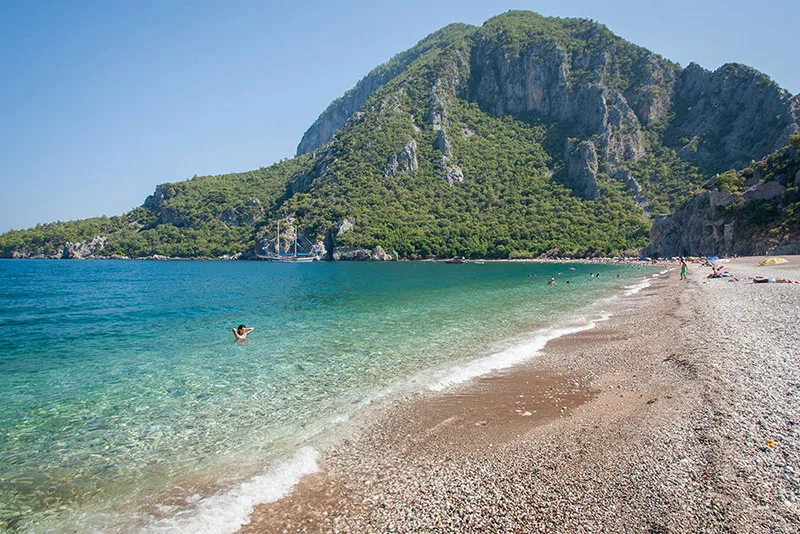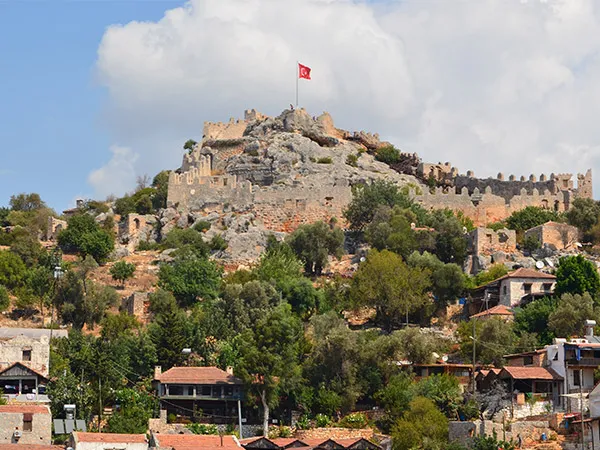Where is Phaselis Ancient City?
Phaselis Ancient City is located within the borders of Kemer district in Antalya. This ancient city is famous for its natural beauty and historical ruins, and it is an important settlement of the Lycian civilization.
How to Get to Phaselis Ancient City?
To reach Phaselis Ancient City, you need to head west from Antalya city center towards Kemer. It is easily accessible by private car or taxi. Additionally, you can reach the area using bus lines that go from Antalya to Kemer. From Kemer, you can take a minibus or taxi to Phaselis.
History and Importance of Phaselis Ancient City
Phaselis was founded in the 7th century BC by colonists from Rhodes. In ancient times, Phaselis was an important trade center with its three harbors, holding a strategic position for maritime trade. The city features numerous historical ruins, including agoras, a theater, baths, and temples.
Other Activities at Phaselis Ancient City
While exploring Phaselis Ancient City, you can enjoy swimming and picnicking at the ancient harbors. You can also hike along the Lycian Way and discover the natural beauty of the area. Visiting other ancient cities around Kemer and enjoying the beaches in the region are also great options.
Touristic Importance and Ruins of Phaselis Ancient City
Phaselis Ancient City offers an unforgettable experience with its historical ruins and natural beauty. Bearing the traces of the Lycian civilization, this ancient city is an ideal destination for history and archaeology enthusiasts.
